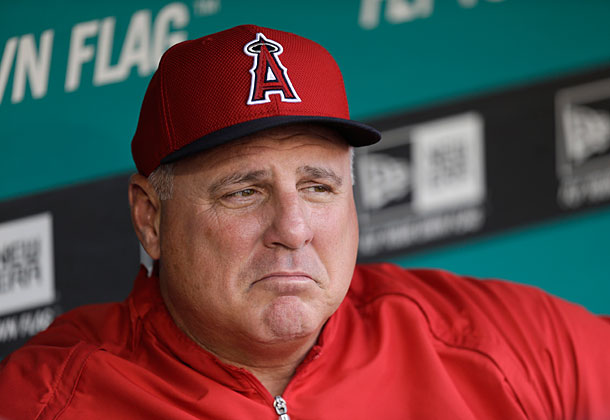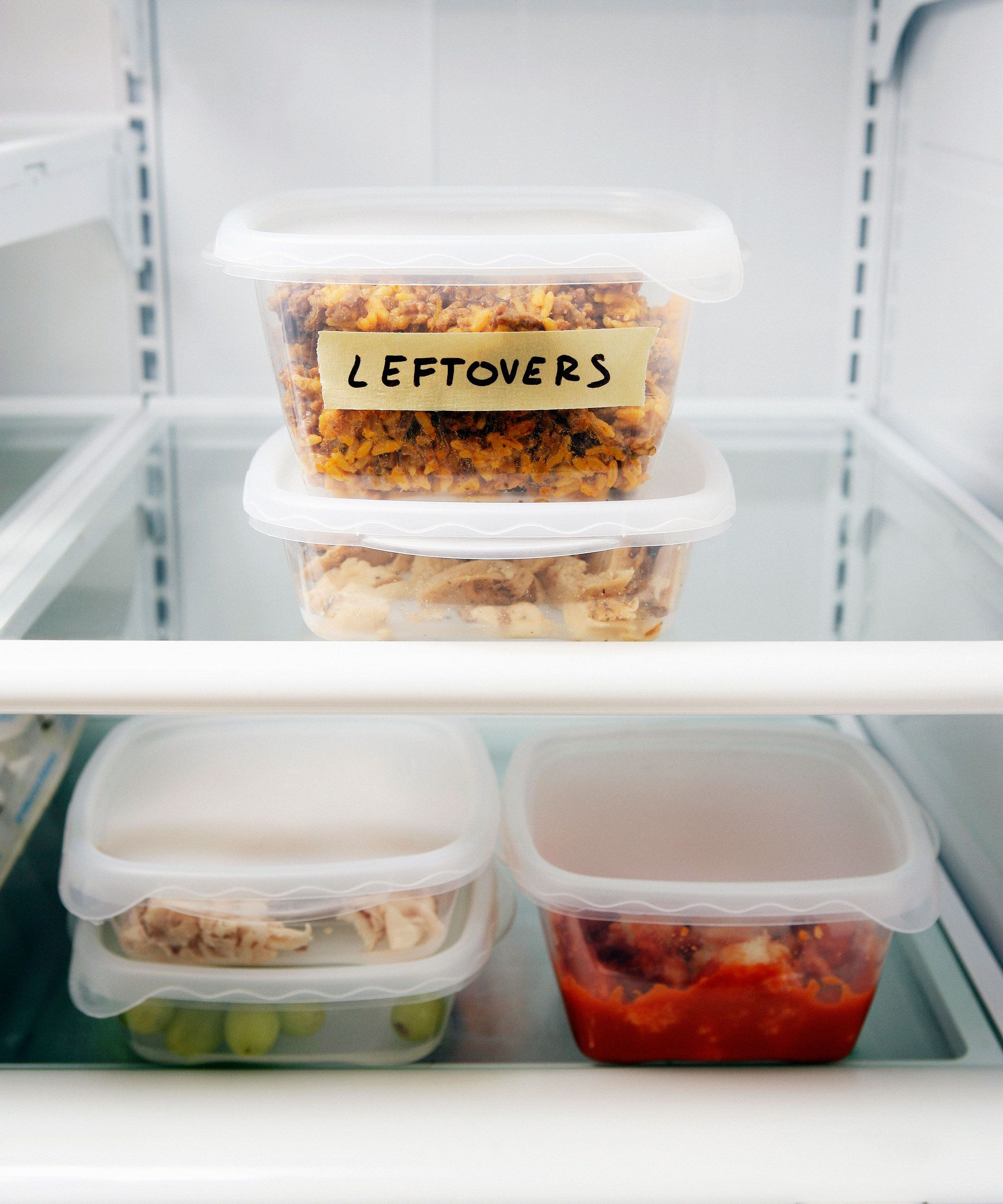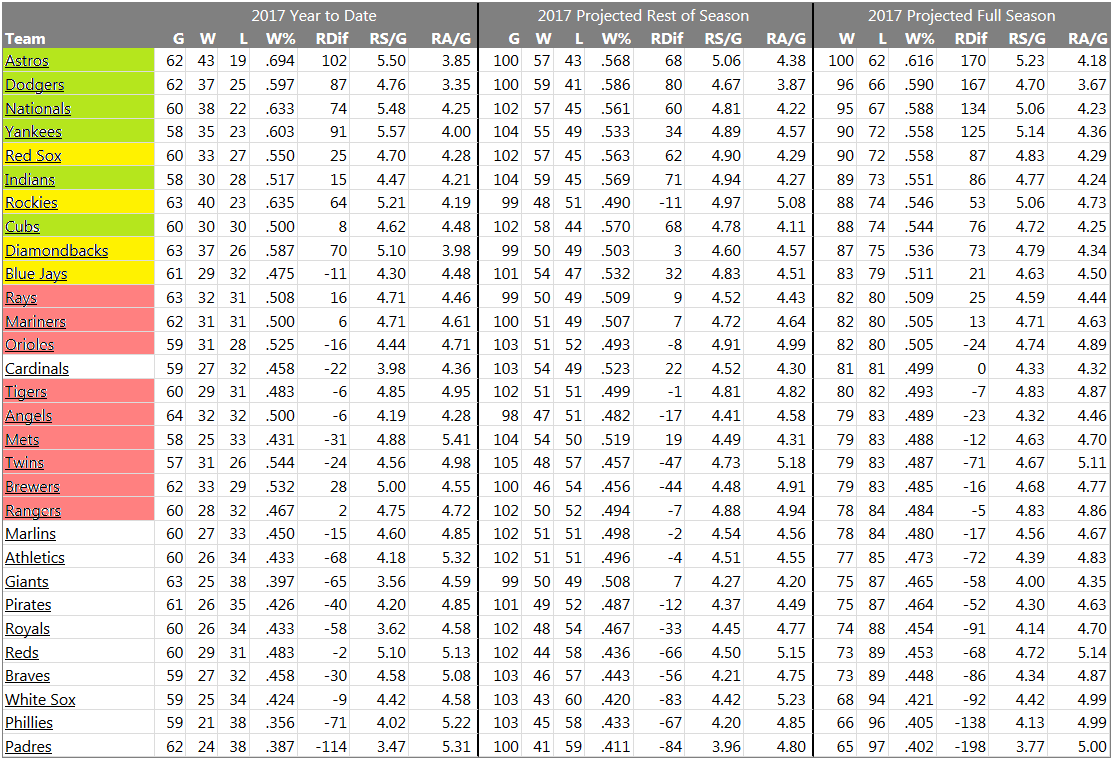By Robert Cunningham, Angelswin.com Senior Writer
Frankly when this trade deadline series started there were more trade candidates to discuss. But, oh, how a few weeks can change the landscape.
In the first submission we discussed Cameron Maybin, perhaps the Angels greatest pure rental asset, and also, in the same article, we discussed how Eric Young Jr. is similar to him but with less value (particularly after he has tanked over the last two weeks).
Check!
The second article touched on reliever Bud Norris, also a valuable trade chip, and, additionally, we included RHP David Hernandez, nearly equally as valuable as Bud, and RHP Yusmeiro Petit, who has been more dominate against RHH’s than either of those two.
Check!
After that we wrote about our favorite style guru Yunel Escobar and how his market is potentially a difficult one to predict due to competition in the trade market. The Royals, owner of the last 1/2 season of Mike Moustakas, have surged recently so the odds of Escobar being traded may have improved a bit but we will see how the cards fall.
Check!
Next and most recently we checked in on RHP Ricky Nolasco who has had some good and rough starts but should be a decent trade piece at the deadline if Eppler chooses to sell, especially when you consider his extra year of control. In that same article we mentioned how similar J.C. Ramirez is to Nolasco and how their markets could be similar but the former’s value will be greater due to the additional three years of team control. So much greater that the Angels probably will not trade Ramirez.
Check!
In the original Introduction article we listed all of the more probable trade candidates but unfortunately some of these potential trade chips have taken their names out of the hat leading up to the deadline. These are the leftovers of the Trade Deadline Series.
Huston Street came back from the disabled list and pitched well over a small handful of appearances but has now hit the DL again making it a lot more difficult for Eppler to find an interested suitor.
At this point the Angels just need him to get better and perform. If he comes back soon and does well he could be a revocable waiver candidate prior to the end of September. Otherwise the Angels can hope he excels, exercise his option, and then trade him in the off-season or, simply, pay his inexpensive buy out. No matter what, it is pointless writing him up as he is very unlikely to be moved by the deadline.
Unfortunately the same thing happened to Matt Shoemaker who hit the disabled list himself with some nerve issues in his throwing arm. At this point you simply hope that Matt will be able to recover and return this season, hopefully avoiding surgery of any sort. Based on this it is immaterial to write him up as well and, to be frank, he and his 3 1/2 years of team control seemed unlikely to be traded from the get-go.
C.J. Cron was a possibility back in early June but then he was demoted and to be straightforward he has not been performing well, reducing his overall value. C.J. could still draw interest and has upside but at this point expending the effort to identify the meager group of trade suitors in a currently saturated market is a low-value added proposition for this series.
I think Eppler will definitely trade him before next season, as he is out of options, but this is looking more and more like an off-season transaction unless Billy tries to acquire a big bat like Brandon Belt, Freddie Freeman, or Jose Abreu where we could send Cron back to the selling team as a replacement 1B player.
We mentioned Martin Maldonado and Blake Parker as possible candidates but after further reflection the likelihood of either one being traded is pretty remote.
Maldonado has emerged as the better successor to Jeff Mathis in Scioscia’s eyes and despite having only 1 1/2 years of team control remaining, which would normally make him a likely trade piece, it just seems improbable that Eppler would move such a great backstop after the job “Machete” has done. If anything they are more likely to give him an extension contract in the off-season. He too is crossed off the Trade Deadline series list.
Blake Parker has done some amazing high leverage bullpen work this season. He has been the “go-to” guy for Scioscia, when the team has to shut down an opponent’s offense in high risk run scoring situations, of which he has done a fantastic job.
Blake has three years of arbitration control left and although he just turned 32 years old it appears the Angels are much more likely to keep him, barring a blow-me-away offer by another team. Throughout the series you may have noticed I mentioned Parker in some of the trade scenarios but at the end of this analysis he looks a lot more valuable in the Angels 2018 bullpen than the prospects he would command in return. Parker is off my to-do list.
Finally the dregs of our original list (Espinosa, Pennington, Revere, Chavez, Young Jr., Bailey, and Perez) might be moved but are not really worthy of a write up simply due to the fact that they will not bring back a whole lot of value if they are.
As we discussed in the Methodology article there is likely to be strong interest in defensive-minded players so our utility guys like Espinosa and Pennington could be moved for a lottery-ticket type prospect. Revere and Young Jr. could be veteran pinch-runner and reserve outfielders off the bench for a competing team.
Chavez would likely do better in the bullpen but could provide rotation depth to a playoff-bound squad. Bailey might be a revocable waiver candidate if he gets healthy. Carlos Perez has value as a defensive-minded catcher, is hitting well in AAA, and has 4 1/2 years of team control, so he might fetch the “biggest” return out of this group if Eppler moves him.
All of this “what-if” trade talk leads us to ask where do the Angels stand today compared to the Projected Standings we introduced in the Methodology Article?
First we will post the original graph from that article, published on June 10th, 2017, and then the updated one as of July 7, 2017:
June 10th, 2017 Projected Full Season W%
July 7th, 2017 Projected Full Season W%
At the top of the projected standings not a lot has changed. Besides the Red Sox leapfrogging the Yankees for the A.L. East Division lead everything remains the same on top of the heap.
In the Wild Card race the N.L. stays the same with the Rockies and Diamondbacks currently projected to each secure a spot. However in the A.L., besides the Red Sox and Yankees swapping spots, the Blue Jays have slumped in recent weeks and the Rays have surged ahead in the interim time since the Methodology article was published.
As part of the criteria set in the Methodology article we arbitrarily selected the cut-off point for a team’s inclusion in the Trade Series at 5 wins. Realistically that number may have changed but if you apply it here anyway the following teams are still technically in the running:
American League
- Royals
- Blue Jays
- Rangers
- Twins
- Angels
- Mariners
- Tigers
- Orioles
National League
- Brewers
- Cardinals
Essentially it is the same group of teams that are within the arbitrary 5 game cut-off. The only two additions are the pick-me-up-by-my-bootstraps Royals and the Cardinals who were just outside the cut-off on the original graph.
What the current chart means for the Angels is twofold: 1) We managed to keep ourselves in the Wild Card conversation despite the loss of Mike Trout (big shout out to the rest of the team for fighting hard!) and 2) If we do not start winning a lot over the next 2 weeks it will be a full fire sale on all of our expendable assets before July 31st.
The Angels are on the bubble and the clock is starting to wind down.
A fire sale would likely help us long term as we have some assets, as described in the previous submissions in the series, that have real value and should return usable prospects and players.
However any time you have a chance to sneak into the playoffs anything can happen in a short series including some real magic (see 2002). Billy Eppler will probably not waste our budding farm assets on pure rental pieces (i.e. only 1/2 year of control) simply to chase a diminishing shot at a Wild Card spot. In most cases that would be destructive to our farm rebuilding efforts.
If we win a lot in the next 2 weeks he is more likely to target and acquire a long term asset or two that can become a part of the team’s core group of players for the next 2+ years. This would be a much more practical transaction because our farm assets would be used towards a controllable MLB player who can make a greater difference in one or more full seasons moving forward.
In the end Eppler’s decisions will reside on what baseball analysts call the win-curve. Using our current projected standing of 79 wins the Angels will need to improve by at least 3 wins between now and the end of the season to catch the 2nd Wild Card spot.
That is a large difference to make up when you only have 1/2 season left to play. Trading for one or more pure rental pieces will cost you a lot and might leave you with nothing at the end of the year except a standings board showing you at 81 wins (i.e. nothing).
However if you trade for a long term controllable asset you not only give yourself a chance to win now, no matter how remote that may be, but also in succeeding seasons. In particular trading for one really good, controllable, piece is probably the way Billy needs to go if he feels the team is serious about competing the rest of the way in 2017.
To illustrate that the next part of the Trade Deadline Series will focus on lateral and upgrade moves to help the team compete now and in the future.
Add The Sports Daily to your Google News Feed!



